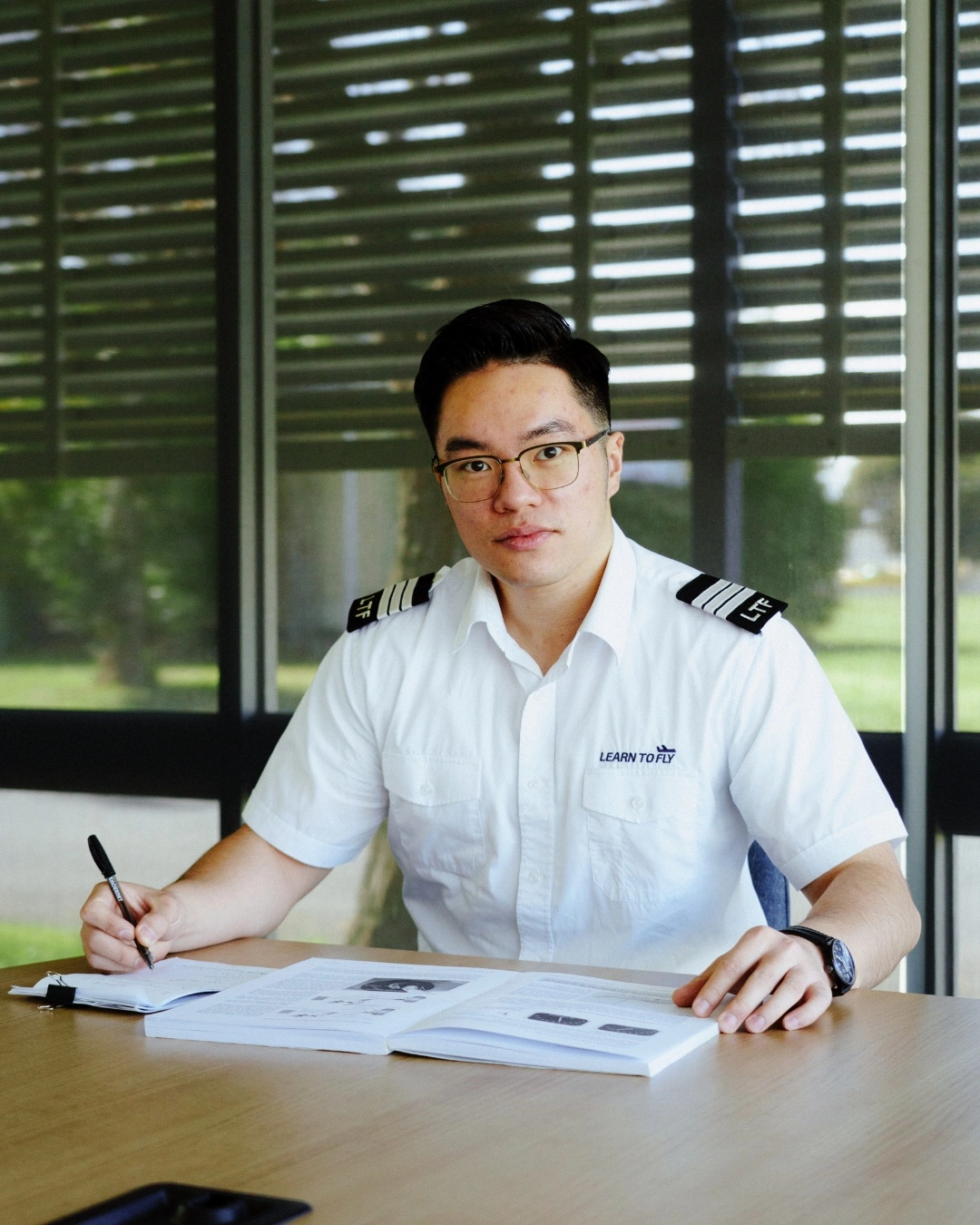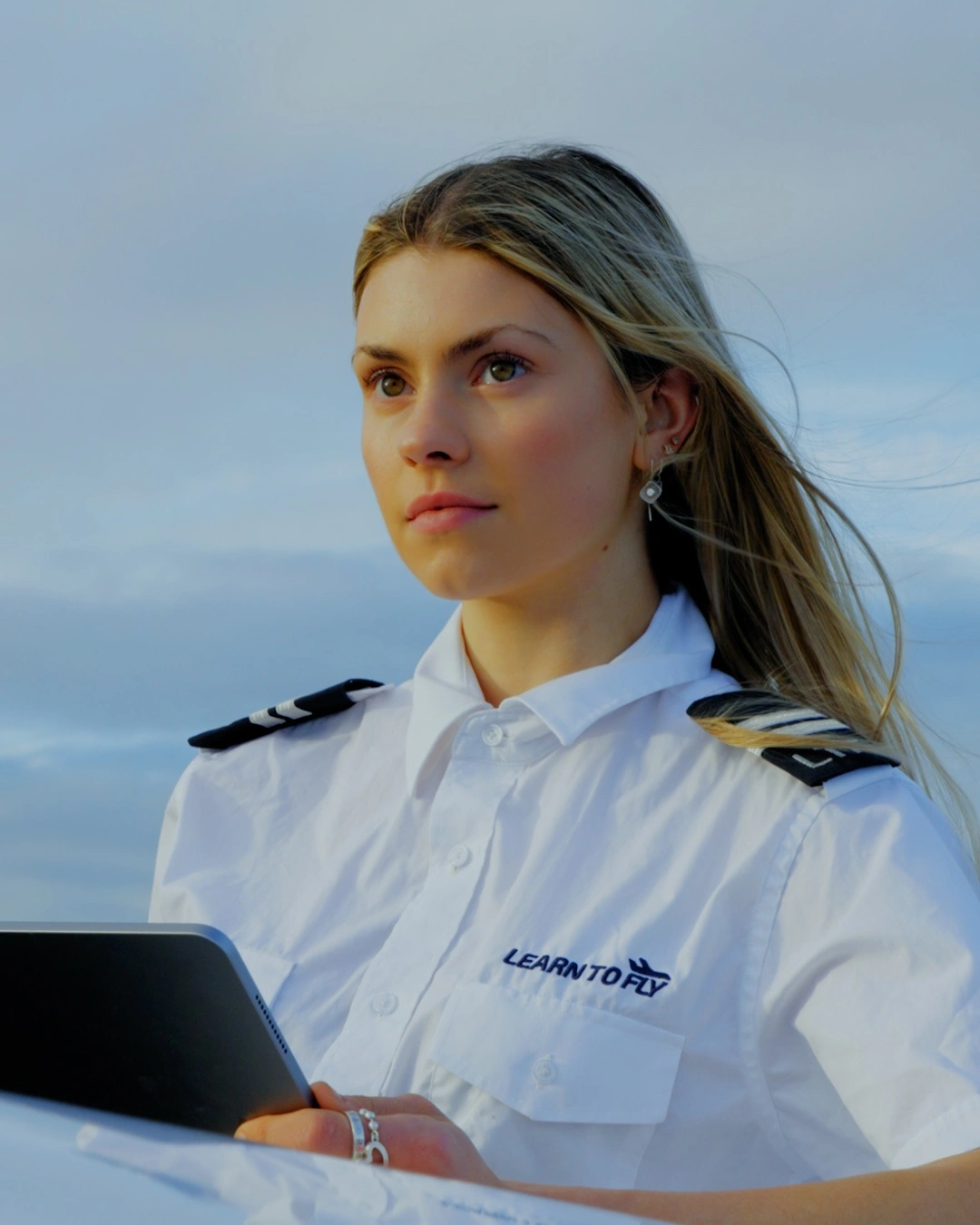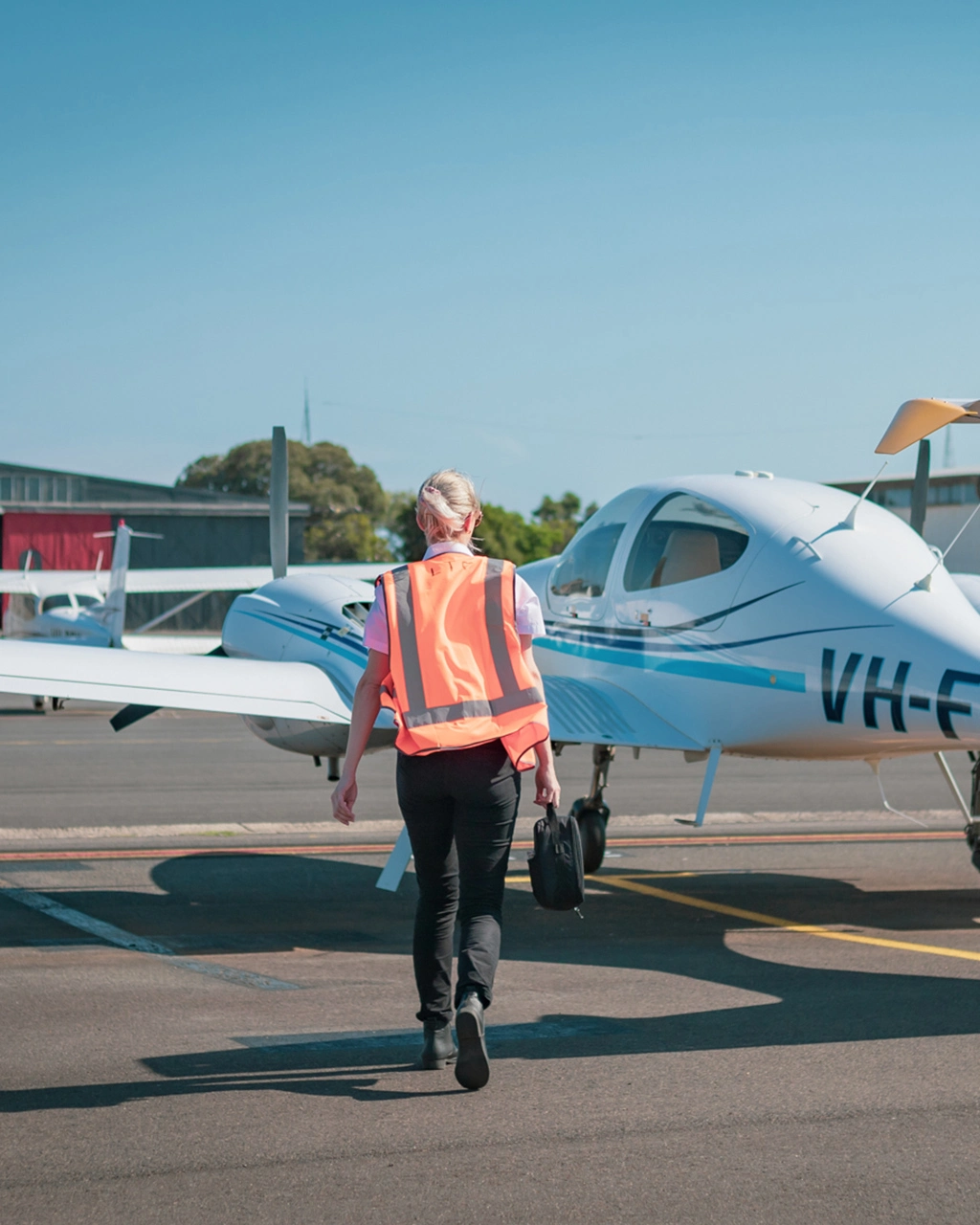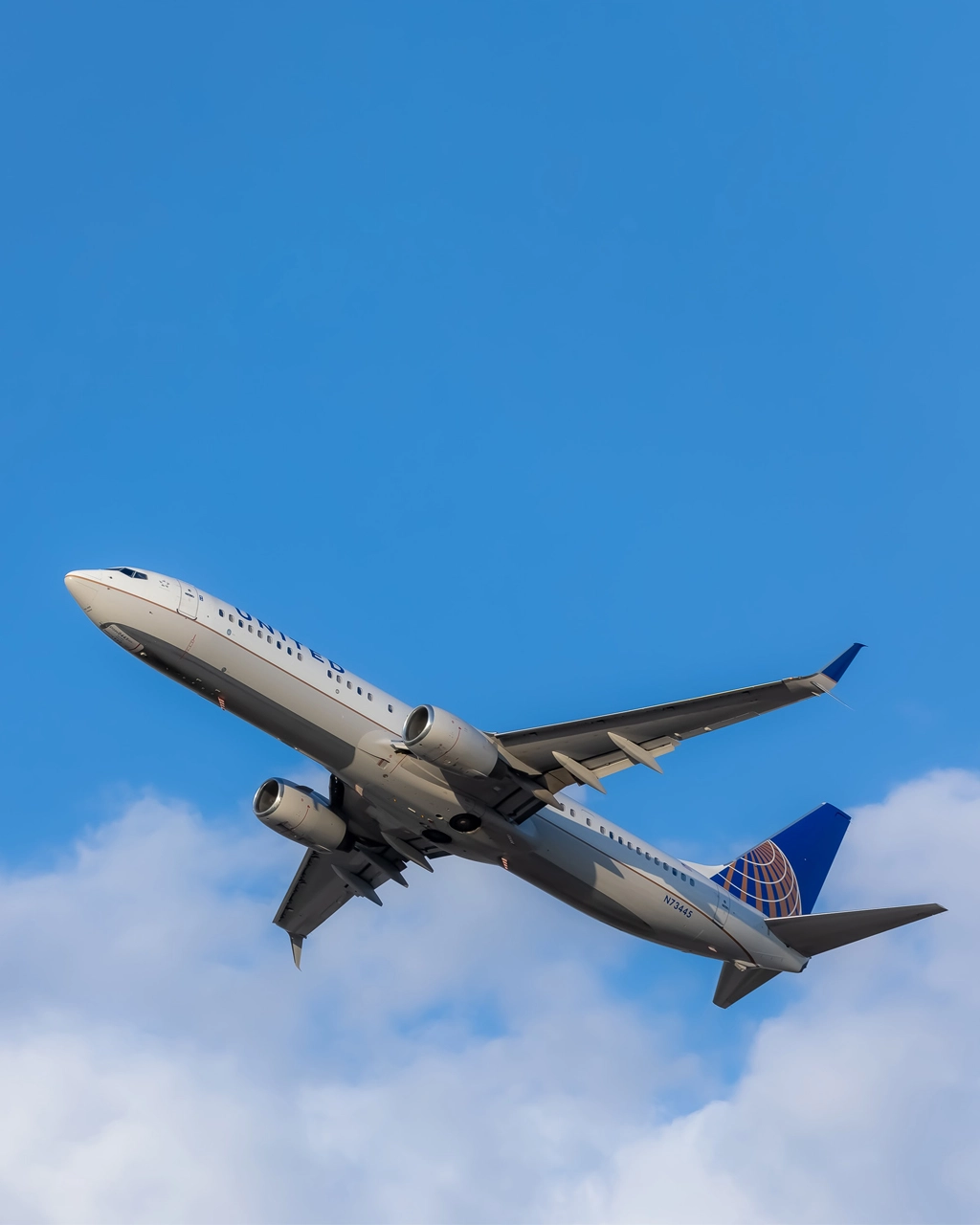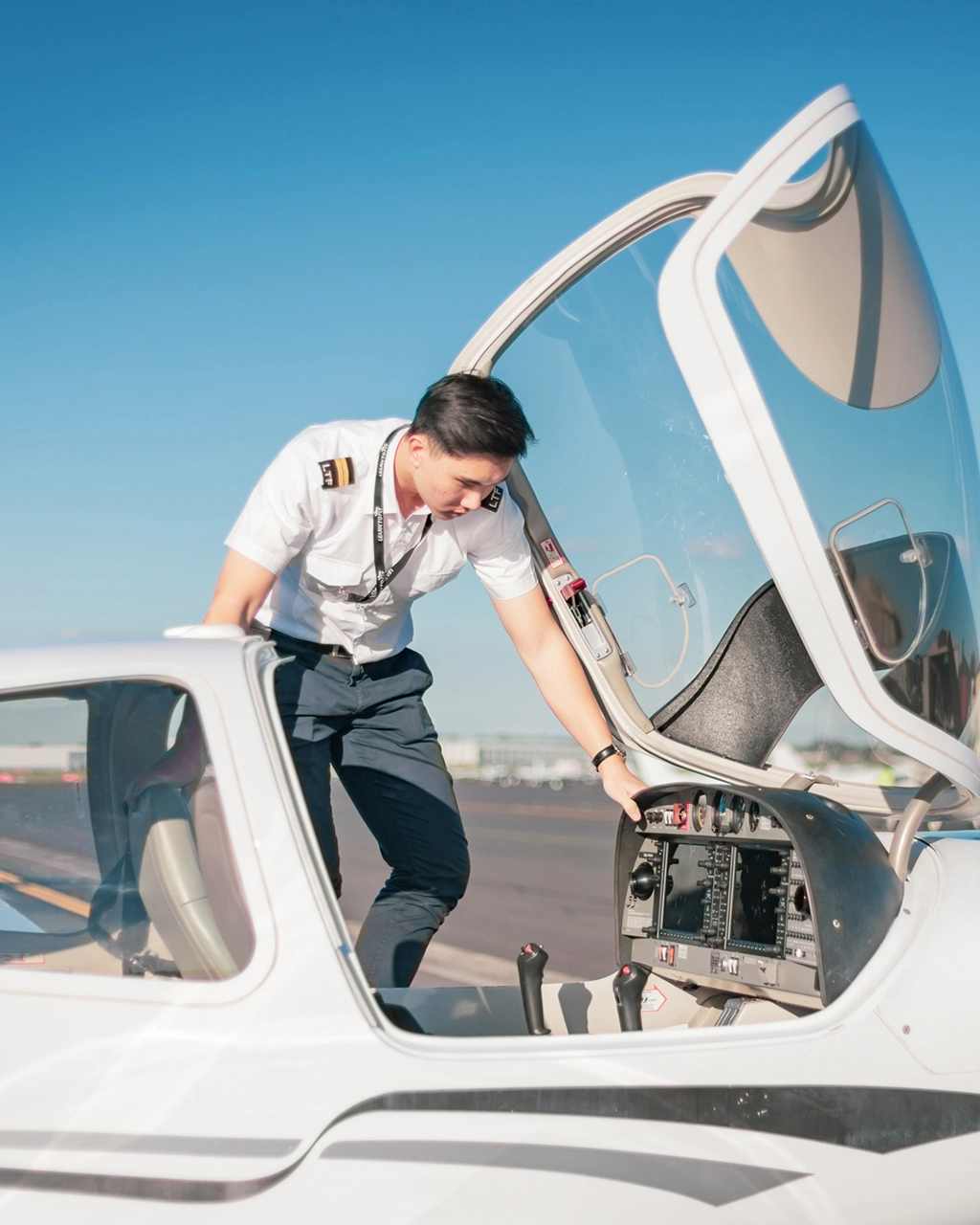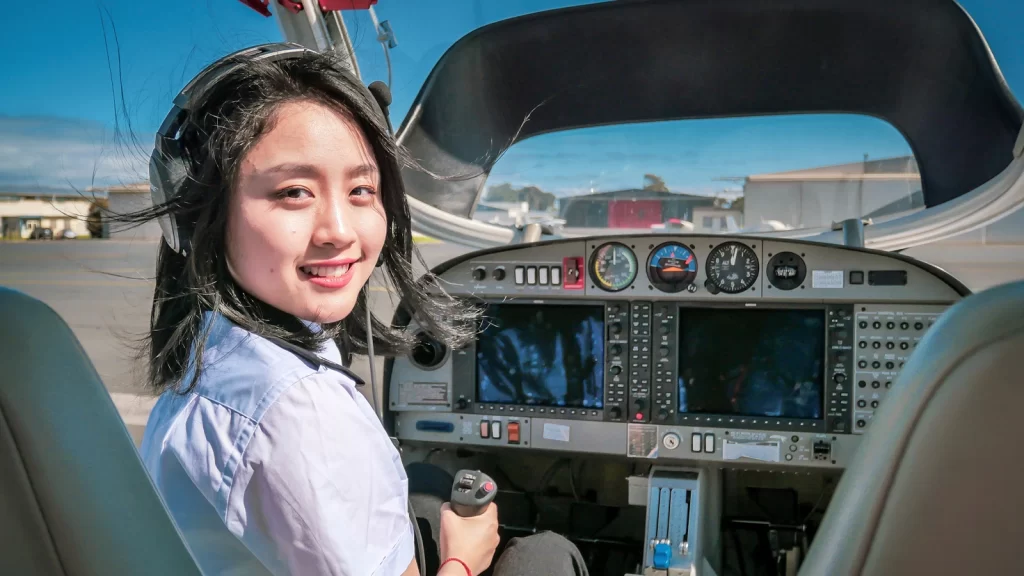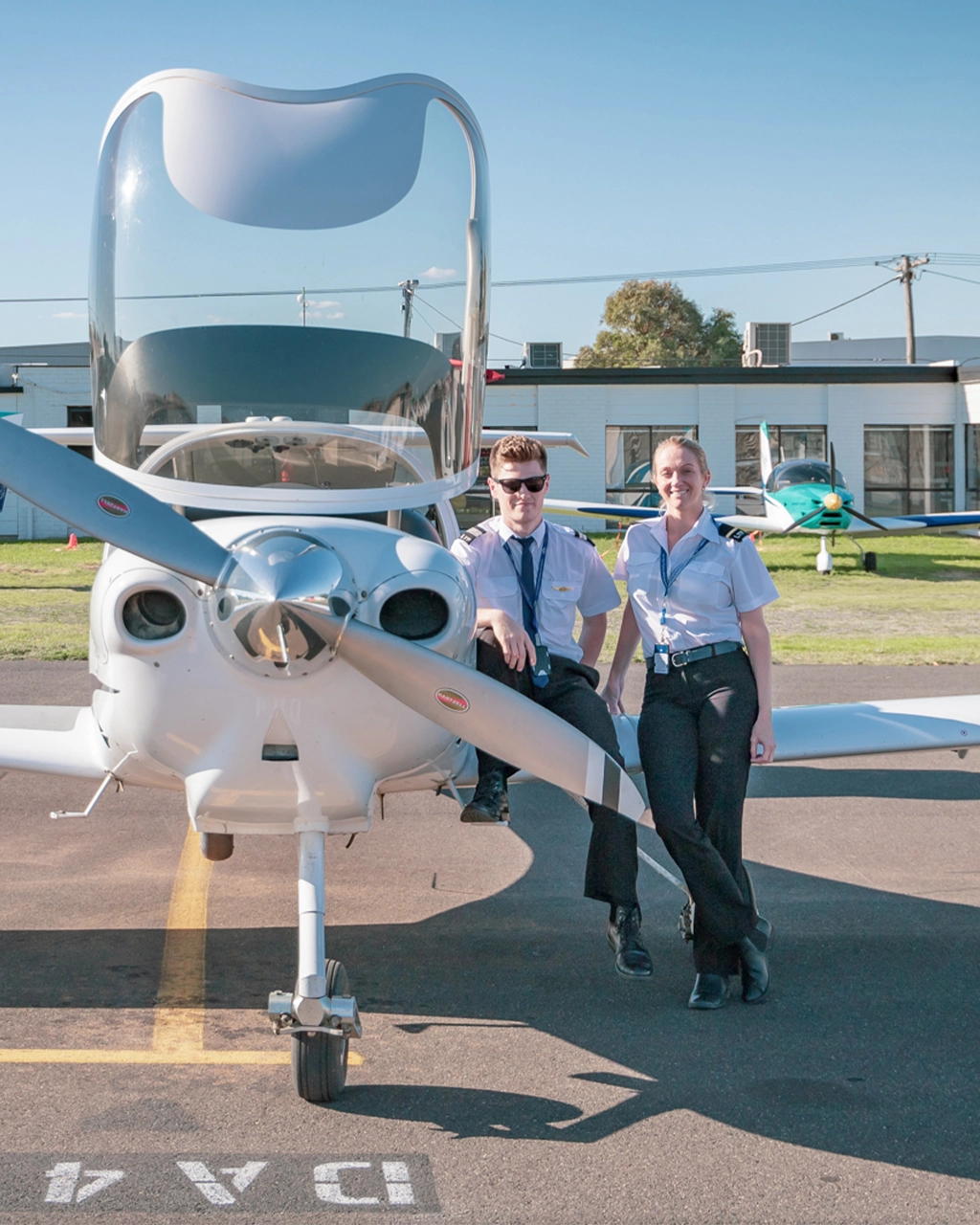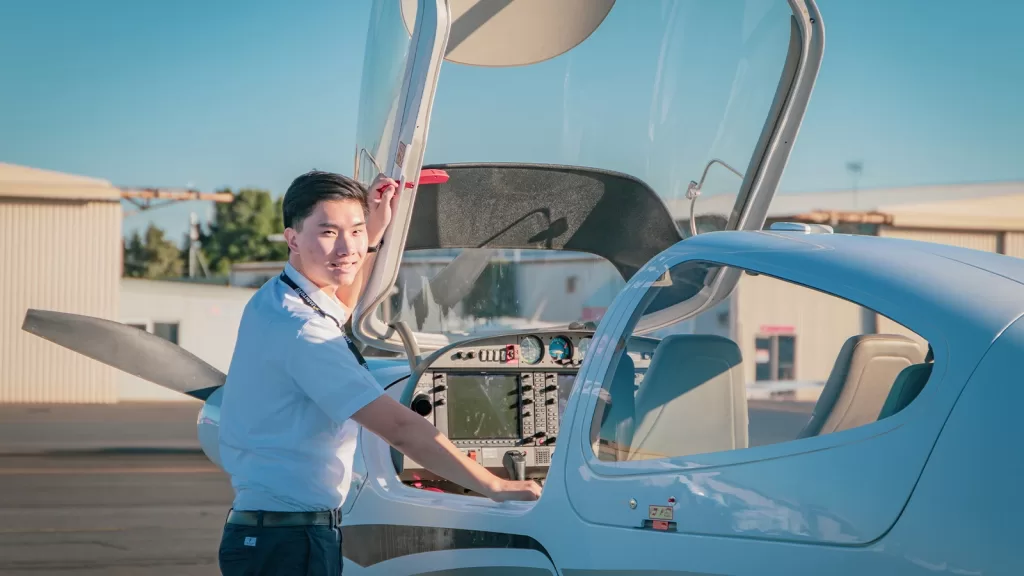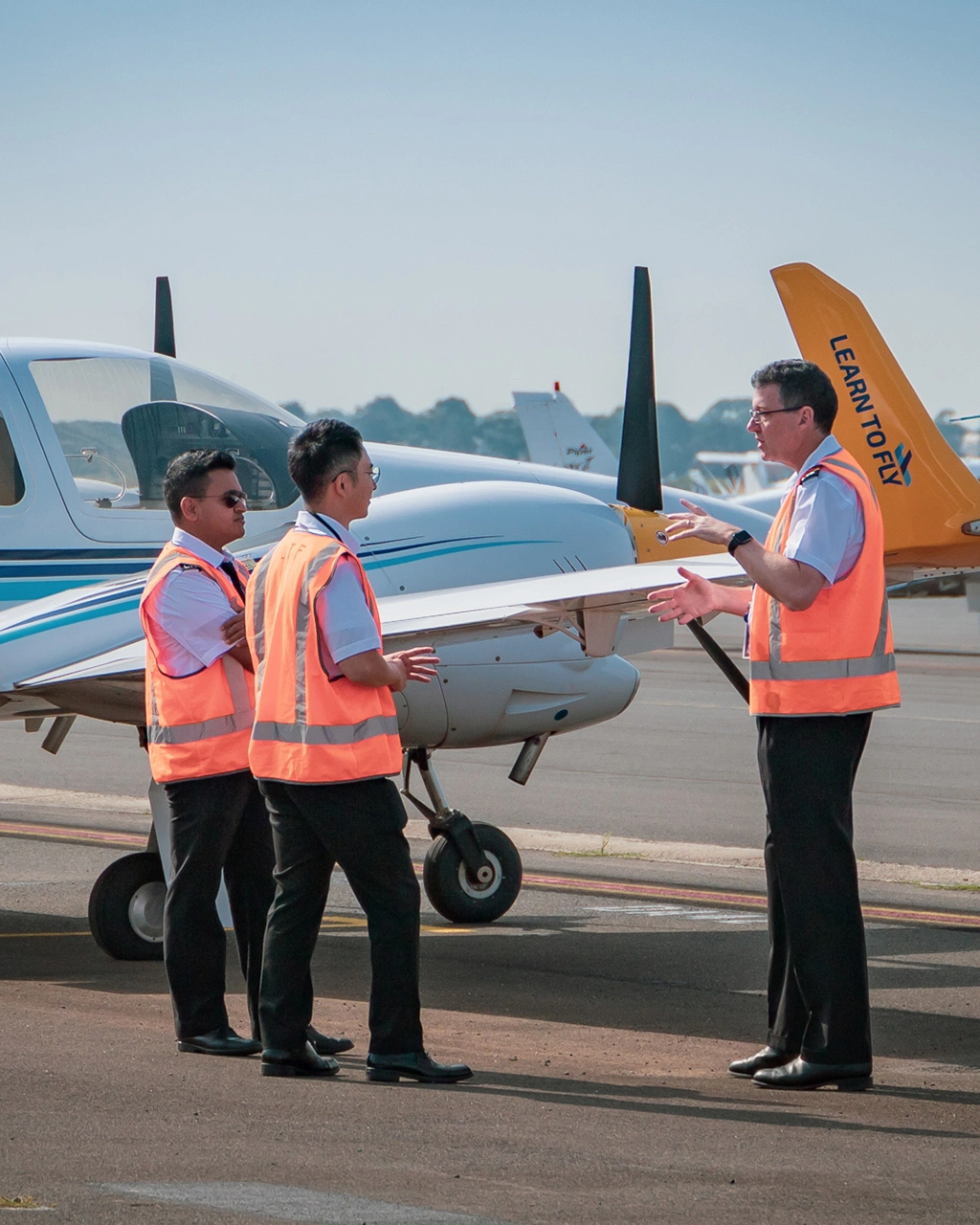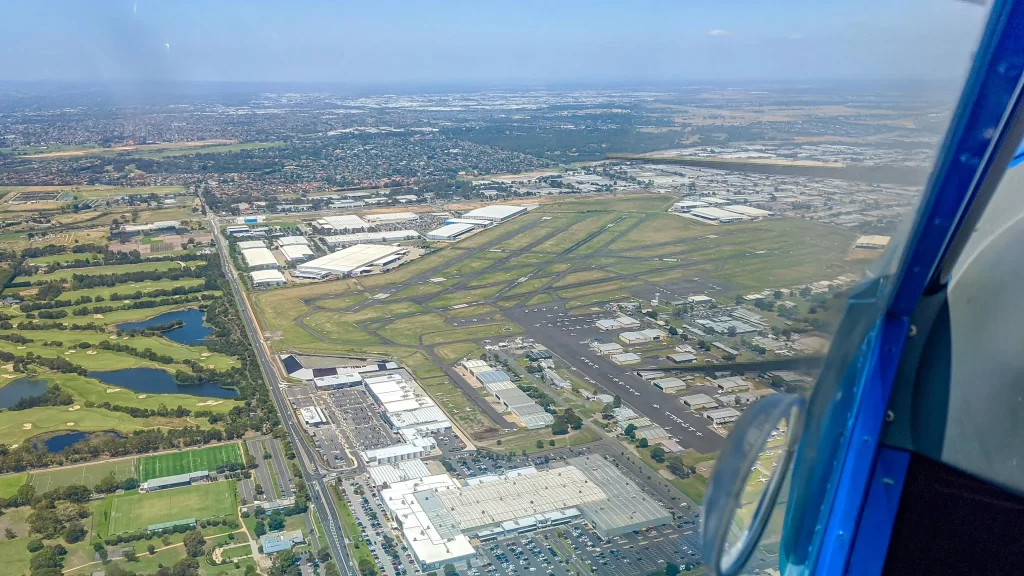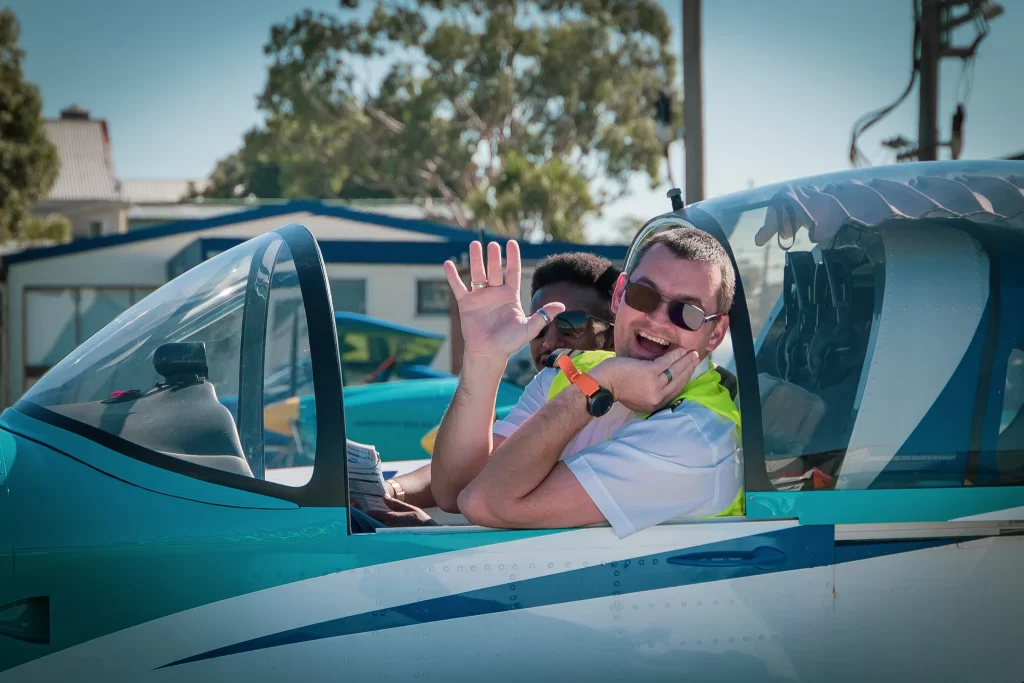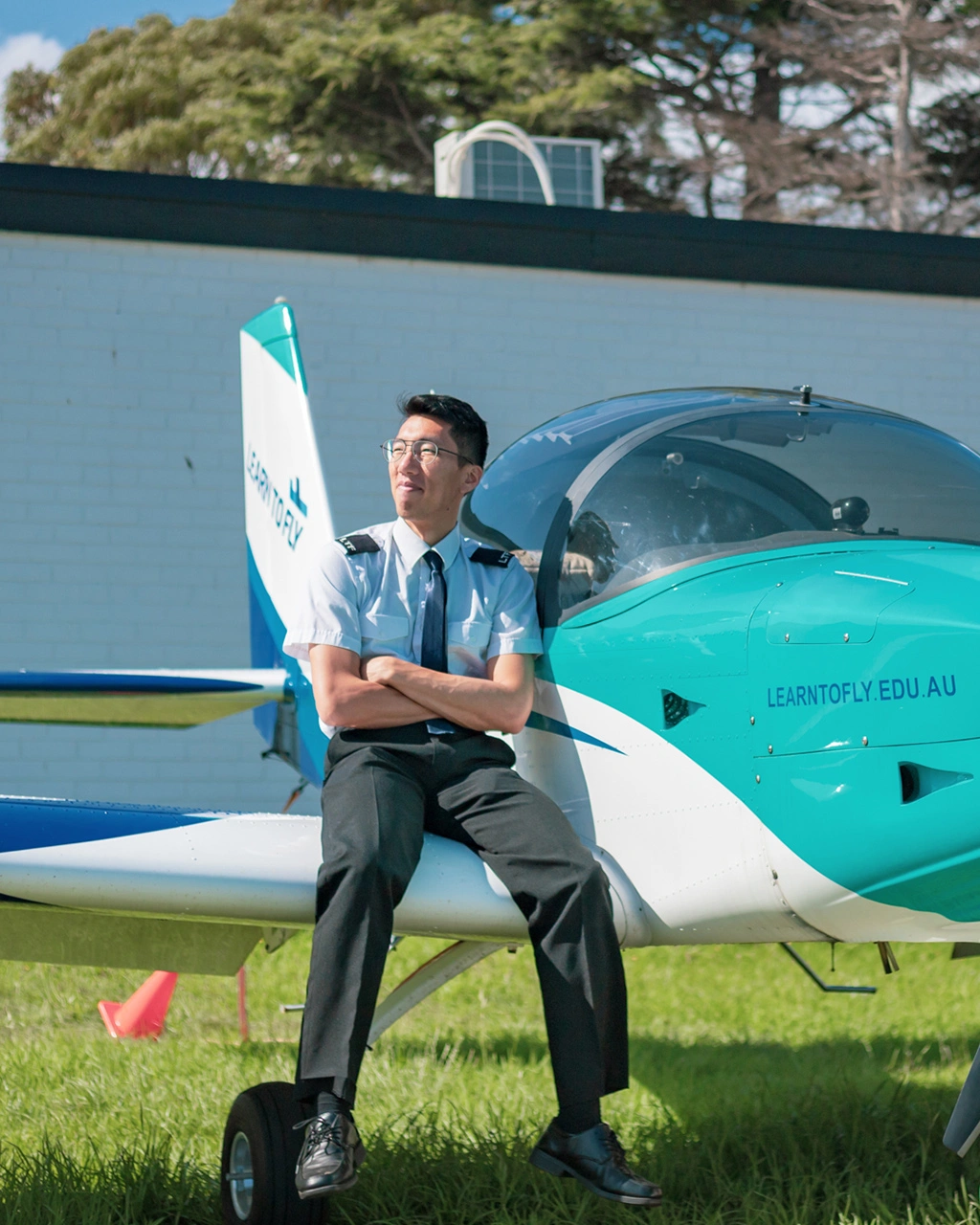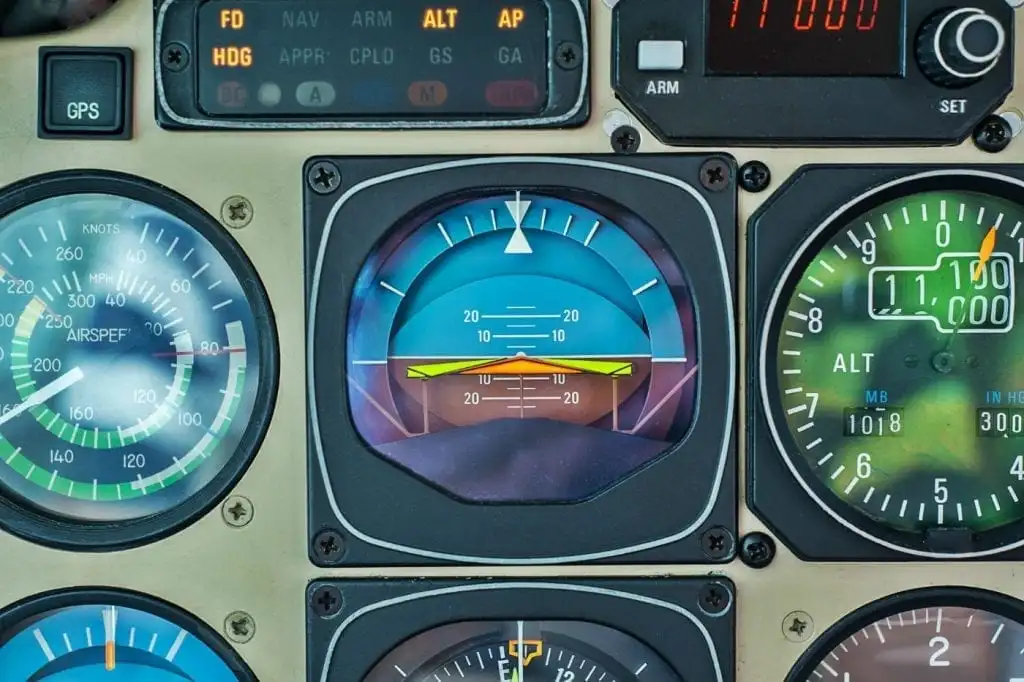How a Hong Kong aviation enthusiast achieved perfect scores on his Commercial Pilot Licence theory exams in Australia
When 26-year-old Marwood Liu from Hong Kong sat down to take his Commercial Pilot Licence (CPL) theory exams in Melbourne this year, he wasn’t aiming for perfection. He was aiming for clarity. “Trust the process,” he says. “The reward is there.”
The results exceeded even his own expectations: a flawless 100 percent in Aerodynamics and near-perfect marks in Navigation, Performance, and Air Law. For a Hong Kong student pursuing his Commercial Pilot Licence in Australia, the feat was as much about perseverance as it was about knowledge.
From Hong Kong Skies to Commercial Pilot Licence Dreams
Marwood grew up in Hong Kong, where his earliest memories of aviation were shaped by the constant presence of aircraft overhead at one of the world’s busiest airports. “I’ve had a pure love towards aviation since primary school,” he recalls. That passion for pursuing a Commercial Pilot Licence eventually carried him across continents, from Hong Kong to Melbourne’s Moorabbin Airport, where he enrolled in Learn To Fly’s diploma program.
For many Hong Kong students considering a Commercial Pilot Licence abroad, the decision to train in Australia offers distinct advantages: English-language instruction, internationally recognized qualifications, and diverse flying conditions that prepare pilots for global careers.
His exceptional performance throughout Commercial Pilot Licence training earned him an invitation into the school’s employment program — a pathway designed to transition outstanding graduates into flight-training careers. Next on his horizon are the Airline Transport Pilot Licence (ATPL) theory subjects and a Flight Instructor Rating, scheduled for January.
Mastering Commercial Pilot Licence Theory: A Hong Kong Student’s Method
Marwood’s approach to Commercial Pilot Licence theory was methodical, almost ritualistic. He never skipped in-person classes, preferring to hear concepts explained before tackling them on his own. His process was simple but deliberate: read the notes, understand the principle, then attempt practice questions.
Resources like Bob Tait’s textbooks and practice exams from Pilot Practice Exams (PPE) became his anchors for Commercial Pilot Licence preparation. But he avoided shortcuts. “I’ve seen a lot of students focus on getting the PPE done and rote learning the answers,” he says. “That doesn’t work in the real exam. CASA questions like to play tricky word games.”
Mock exams, meanwhile, were not just trial runs but diagnostic tools for his Commercial Pilot Licence studies. Each mistake sent him back to the books, back to the “why.” And when concepts clicked, he reinforced them by teaching peers. “Explaining to others is like a self-assessment,” he explains. “It shows you how well you really know a topic.”
Overcoming Language Barriers in Commercial Pilot Licence Training
For all his success with his Commercial Pilot Licence, Marwood is quick to point out that the path was far from smooth, particularly for a Hong Kong student studying in English. The dense, text-heavy subjects of Meteorology and Human Factors proved especially challenging. English, not being his first language, added another layer of difficulty to his Commercial Pilot Licence journey.
His strategy for retention was unconventional but effective: revisit the most difficult Commercial Pilot Licence topics before bed, allowing the mind to process them overnight. He also learned when to step away. “Another important thing is to take a break if you are tired,” he says. “Prioritize your mental health. Don’t cram the night before a test.”
To fend off distractions during Commercial Pilot Licence study sessions, he kept his phone in another room. To stave off burnout, he went to the gym daily. “It’s a break that you need from studies,” he says, “and it helps me recharge.”
Commercial Pilot Licence Success Tips for Hong Kong Students
Asked what advice he would give to Hong Kong students struggling with Commercial Pilot Licence theory in Australia, Marwood doesn’t hesitate. “Help is always there — and it’s free,” he says. “The effort you put in goes a long way. You just have to trust the process.”
He stresses that understanding should always come before memorization when pursuing a Commercial Pilot Licence, that peers and instructors are valuable resources, and that self-doubt can be as much of an obstacle as the subject matter itself for Hong Kong students adapting to Australian training methods.
When pressed to compare passing Commercial Pilot Licence theory exams to a phase of flight, he pauses. “Learning how to land,” he decides. It’s not glamorous, but it is foundational — and it demands patience, repetition, and composure.
The Future Beyond Commercial Pilot Licence Qualification
Marwood’s story is not only about Commercial Pilot Licence scores and certificates but about cultivating resilience, discipline, and purpose. His role model, an Airbus A380 training and check captain he met during his time at Qantas, embodies those qualities. “He inspired me because I saw him constantly push himself to higher standards,” Marwood says.
That pursuit of higher standards now defines Marwood’s path beyond his Commercial Pilot Licence achievement. From a boy in Hong Kong gazing skyward to a young professional in Melbourne with his Commercial Pilot Licence guiding an aircraft through final approach, his trajectory is clear: this is only the beginning of the journey.
For Hong Kong students considering pursuing a Commercial Pilot Licence in Australia, Marwood’s success story demonstrates that with dedication, proper study techniques, and the right support system, achieving excellence in aviation training is entirely possible.
.









